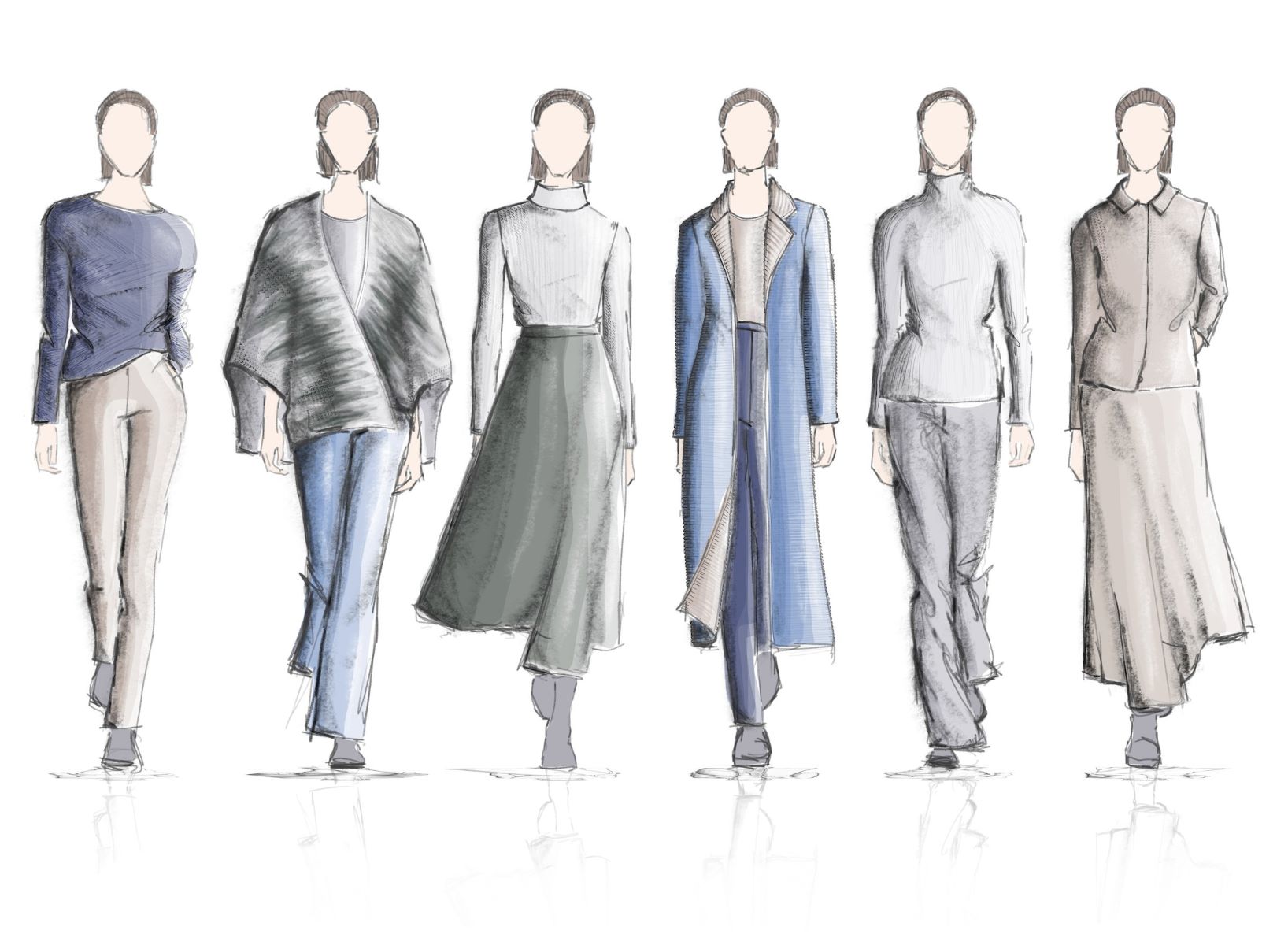
Fashion is not just about clothes and accessories; it is a reflection of our culture, creativity, and self-expression. From the runway to the streets, fashion plays a significant role in shaping our identities and influencing the way we present ourselves to the world. While fashion may seem like a serious business, it is also filled with fascinating and sometimes unexpected facts that can surprise even the most ardent fashion enthusiasts. In this article, we will uncover 10 fun facts about fashion that will not only entertain and intrigue you but also deepen your appreciation for this ever-evolving industry. So, get ready to dive into the world of fashion and discover some interesting tidbits that will make you look at your wardrobe in a whole new light!
Key Takeaways:
- The Little Black Dress and high heels have interesting origins, showing how fashion has evolved over time and broken traditional gender norms.
- Fashion is not just about style, but also about history, economics, and environmental impact. It’s a fascinating and ever-changing industry that influences our lives in many ways.
The Little Black Dress is a fashion staple.
From Audrey Hepburn to Coco Chanel, the Little Black Dress has been a timeless piece in every fashion-conscious woman’s wardrobe. Its versatility and ability to transition from day to night make it a true fashion icon.
The world’s oldest known dress dates back to around 3,000 BC.
Discovered in an Egyptian tomb, this linen dress provides a glimpse into the ancient art of textile production and fashion trends of that time.
High heels were originally worn by men.
In the 16th century, heels were a symbol of masculinity and were predominantly worn by aristocratic men. It wasn’t until the 17th century that women started incorporating heels into their fashion choices.
Jeans were originally made for miners and cowboys.
Denim was a durable fabric that could withstand the rugged conditions faced by miners and cowboys. Over time, jeans became a fashion statement and an essential part of almost everyone’s wardrobe.
The bikini was named after the Bikini Atoll.
French engineer Louis Réard named the two-piece swimsuit “bikini” after the Bikini Atoll, where the United States conducted nuclear tests in the late 1940s. The daring design caused quite a stir when it was first introduced.
The most expensive dress ever sold was priced at $4.8 million.
The dress, known as the “Diamond Wedding Gown,” was embellished with 150 carats of diamonds and created by designer Renee Strauss. It was worn by actress Catherine Zeta-Jones at the 76th Academy Awards in 2004.
The fashion industry is one of the most polluting industries in the world.
The production of clothing, including textile manufacturing and dyeing processes, has a significant impact on the environment. Sustainable fashion practices are gaining popularity as a way to mitigate this impact.
The fashion industry generates over $2.5 trillion in global revenue each year.
Fashion is not only a means of self-expression but also a major economic powerhouse. It encompasses a wide range of sectors, including clothing, accessories, beauty, and fashion media.
The first fashion magazine was published in 1678.
Named “La Gazette du Bon Ton,” the French magazine showcased the latest fashion trends and was highly influential in shaping the fashion industry as we know it today.
Fashion trends are cyclical.
What goes around comes around in the fashion world. Styles and trends from the past often make a comeback, reinvented and reimagined for the modern era. Fashion truly does repeat itself!
Conclusion
In conclusion, fashion is a fascinating and ever-evolving industry that is fueled by creativity, trends, and individual expression. From its historical roots to its impact on modern culture, fashion plays a significant role in our everyday lives. Whether you’re interested in high fashion or simply enjoy expressing yourself through your clothing choices, there is always something new to discover and appreciate about the world of fashion. So, next time you put on your favorite outfit, take a moment to appreciate the artistry and innovation that goes into creating the clothes we wear.
FAQs
1. How did fashion evolve over time?
Fashion has evolved over time due to various factors such as socio-cultural changes, technological advancements, and the influence of different art movements. Styles and trends have come and gone, reflecting the values and preferences of different eras.2. How does fashion impact our society?
Fashion has a significant impact on society as it helps shape and define our cultural identity. It reflects our values, beliefs, and social norms. It also has economic implications, creating employment opportunities and driving consumer spending.3. What are some influential fashion designers?
There have been many influential fashion designers throughout history, including Coco Chanel, Christian Dior, Alexander McQueen, and Vivienne Westwood. These designers have pushed boundaries and left a lasting impact on the industry.4. How can I stay updated with the latest fashion trends?
To stay updated with the latest fashion trends, you can follow fashion magazines, websites, and social media accounts of fashion influencers. Attending fashion shows and observing street style can also provide inspiration and insights into current trends.5. Is fashion only about expensive designer clothes?
No, fashion is not only about expensive designer clothes. It is a form of self-expression that can be achieved through a variety of styles, brands, and price points. Personal style and creativity play a more significant role than the price tag.
Was this page helpful?
Our commitment to delivering trustworthy and engaging content is at the heart of what we do. Each fact on our site is contributed by real users like you, bringing a wealth of diverse insights and information. To ensure the highest standards of accuracy and reliability, our dedicated editors meticulously review each submission. This process guarantees that the facts we share are not only fascinating but also credible. Trust in our commitment to quality and authenticity as you explore and learn with us.


